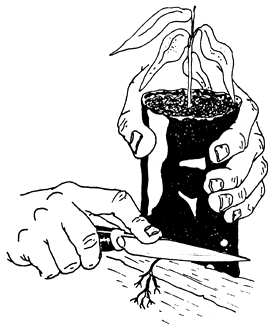 | |
 | If seedlings are left alone to grow, their roots very quickly grow through the drainage holes in the polypots and into the soil of the nursery. |
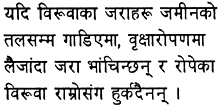 | If the roots have grown too far into the ground, when the seedlings are lifted out for planting the roots will break. The seedlings will suffer shock and will not grow well after planting. |
 | It is, therefore, very important that the roots of seedlings in polypots are root pruned regularly. |
 | Root pruning can also be used to change the way the seedlings in are growing. |
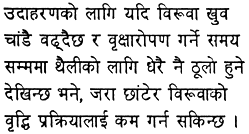 | For instance if seedlings are growing too quickly and will be too large for the polypots by the time they are needed for planting, root pruning can be used to slow their growth. |
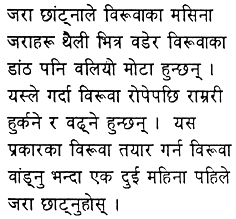 | Root pruning also makes more smaller roots to grow within the soil in the polypots and makes the stem of the seedling at soil level grow thicker and harder. All these make the seedling better able to survive and grow after planting out. To prepare seedlings for planting out in this way root prune them 1 or 2 months before they will be distributed. |
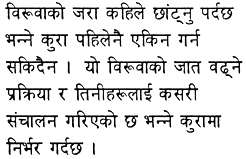 | When seedlings need to be root pruned is not fixed. It depends on the species, how fast they are growing and how they are being managed. |
 | To see if seedlings need root pruning try lifting polypots from various parts of the standbed. If they are difficult to lift, because the roots have grown down into the soil, they need root pruning. |
 | Root pruning should be done on a cloudy day or late in the day. |
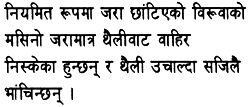 | If root pruning is done regularly then the roots will be small and lifting them up will be enough to break them. |
 | If the roots are larger and don't break when they are pulled from the ground break them with your fingers ...... |
 | …or cut them with a knife, razor blade or scissors. |
 | It is better to root prune frequently so that the roots do not grow big enough to need cutting with a blade. |










